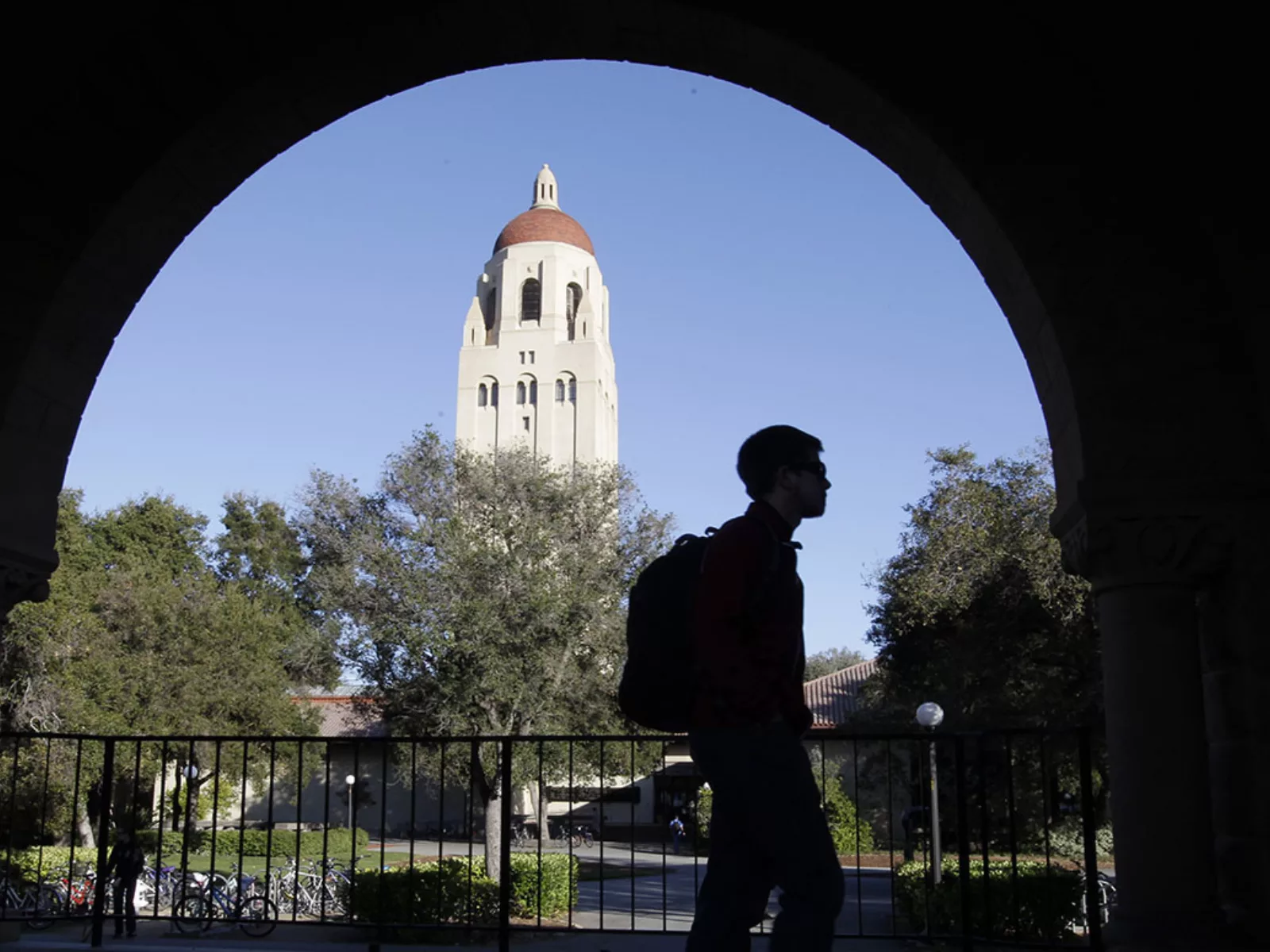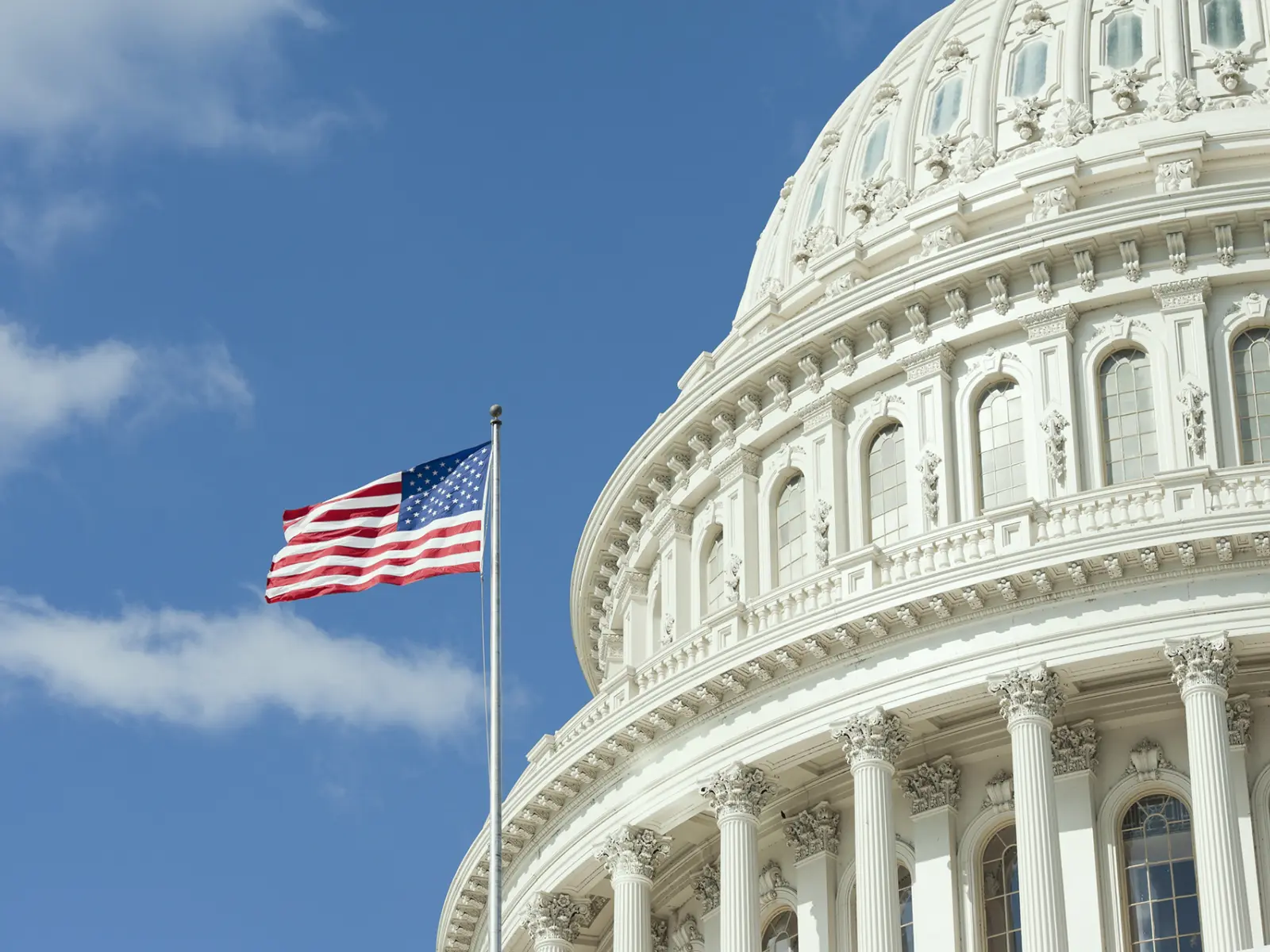Whether it’s addressing how to better adapt to climate change or strengthening rainy-day savings policy to help budgets through lean years, scenario planning has become a familiar practice for state governments.
More recently, that concept has expanded to pensions, and it’s having practical and immediate results. Stress testing, which essentially throws different economic scenarios at a system to see how it would be impacted, is becoming a vital tool in the decade following the Great Recession. In the past 10 years, volatility is ever-present in state revenues and in the stock market, and both affect pension funding.
Pew Charitable Trusts has a framework for stress testing pensions that several states are using. Early this year, the nonprofit updated that framework to account for the economic impact of the pandemic on state finances and pension investments. Among other things, the updated scenario reflects the most recent Federal Bureau of Economic Analysis data, which shows that although a recovery is underway, the risk of a slowdown remains. The result is a scenario that includes a double-dip recession, with real gross domestic product contracting once more in 2021, and a moderate asset shock.
“This kind of analysis is extremely important during times of economic uncertainty, which is what we’ve been experiencing over the past year,” said Greg Mennis, Pew’s director of public sector retirement systems. “The economic outlook has improved [since the start of the COVID-19 crisis], but it still demonstrates the need to think long term.”
Piloted in New Jersey
Pew piloted its pandemic-era framework with a stress test of New Jersey’s pension system in the fall of 2020. The results of that test helped policymakers move forward with paying their full pension bill, even as the state was facing a revenue shortfall because of the pandemic. The payment totaled $4.7 billion — a 21% increase over the previous year. Some stakeholders were questioning whether the state would be better served by reducing or skipping the fiscal 2021 payment.
But New Jersey’s history of delaying pension payments had already cost billions. Between 2000 and 2017, the state made less than 25% of its required annual contributions, which resulted in a $30 billion funding shortfall. By 2018, the system had just 38% of the assets on hand to pay for promised benefits. Under former Gov. Chris Christie, the state’s target year to start fully paying its annual pension bill was pushed back from 2019 to 2023. That move resulted in even higher required annual contributions.
Pew’s stress test indicated the proposed $4.7 billion payment was only slightly over the minimum contribution required to protect against fiscal distress.
“Even though by the time we were making this decision we weren’t looking at a 30% drop [in stock market value] anymore,” said Mark Magyar, director of policy and communications for Senate President Steve Sweeney, “we were aware of what one would do. It was another factor bolstering our determination not to go backward.”
Dodd-Frank Model
Pew’s pension stress test model is patterned after requirements for financial institutions in the 2010 Dodd-Frank Wall Street reform legislation. Using multiple economic scenarios and rates of return, it can show what states and employees would need to contribute over time to fully fund their retirement systems. Pension actuarial reports project what is expected over time, and stress tests complement that outlook by giving policymakers a range of good and bad economic scenarios and showing how that might affect the state’s contribution requirements.
In December 2020, the National Association of State Treasurers passed a resolution outlining the importance of routine stress testing and other analyses for public retirement systems. Twelve states, including New Jersey, now have adopted stress test reporting requirements.
“As financial officials, and many times fiduciaries for these funds, state treasurers understand the need to encourage a proactive approach in the safeguarding of these funds,” said NAST Executive Director Shaun Snyder.
States and pension systems were more prepared to meet the economic turmoil of 2020 than they were for the Great Recession. In addition to stress testing, states’ attention toward preparing for potential fiscal calamity over the past decade has included stockpiling rainy-day funds and increasing their pension contributions. Mennis has identified 34 examples of risk analyses done by pension actuaries in 2019 and 2020 alone — most of which weren’t being done in prior years.
NAST’s Snyder said that sort of planning played a role in pensions ending 2020 “relatively unscathed.” Even so, he added, “the whirlwind of 2020 definitely underscores the continued need to plan for any eventuality.”
A Factor in Plan Changes
What’s more, stress tests aren’t just a tool to be used at the point of potential fiscal distress. Well-funded pension plans use them when considering plan design changes. For example, North Carolina is using stress testing to examine how to make pension investment return assumptions more conservative without putting extreme pressure on the state’s budget. Mennis points out that even though the American Rescue Plan passed by Congress in March will help buoy state budgets in the short term, the aid can’t be used for pension plans, and states still need to plan for the long term impact of the pandemic on budgets. Lowering return assumptions is one of the key adjustments that states can make to reduce risk, and experts now expect long term returns to be closer to 6% for pension systems.
Back in New Jersey, better-than-expected revenues in the current fiscal year have spurred the state to seize the opportunity and start paying its full pension bill one year ahead of schedule. In February, Murphy announced the fiscal 2022 budget included a $6.4 billion payment into the system — its first full payment in a quarter of a century. The price is significant and takes up 15% of the state budget, but committing to full funding sets the stage for an important change going forward: pension stability.
“We anticipate not looking at massive payment increases after this budget,” said Magyar. “We no longer have the pension crisis dominating the budget by what’s being accomplished this year. After a decade-plus of that, that’s a real change.”





















